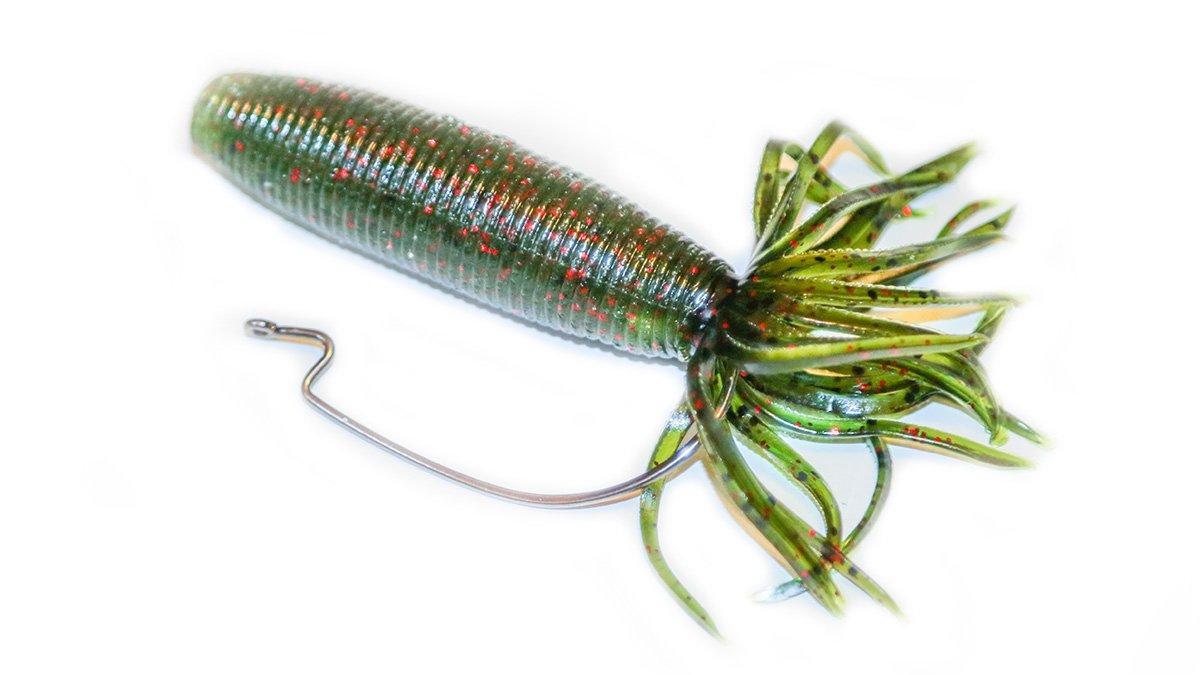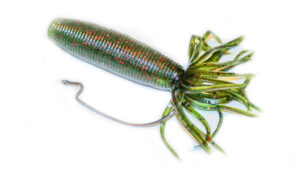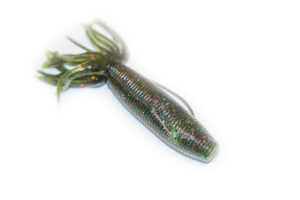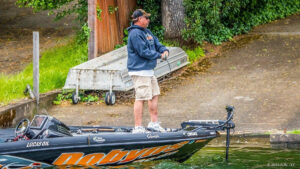Have you ever heard of palm tree presentations in bass fishing? Not the big trees found in California and Florida but rather a unique soft plastic shape and rigging method that presents bass with an irresistible finesse lure— the Yamamoto Fat Ika, specifically rigged backwards.
Gary Dobyns and others have managed to keep this bass fishing technique secret for some time. But he offered to share why it catches bass in tough conditions. Fact is, this 4-inch Fat Ika’s plump grub style body and fringed ring resemble several members of the Arecaceae botanical family.
The Fat Ika has been around for several years, but it’s such a go-to producer, Dobyns and many western pros dodge direct references by stating that they caught their fish on “the Palm Tree”.
So, what’s the big deal? According to Dobyns, the Fat Ika possesses a couple of key attributes that make it one of his top plastic presentations.
“First of all, it’s the right size, so it’s all hook,” he said. “I usually rig it with a 3/0 superline EWG hook Tex-posed, when they bite it, you can’t miss one.
“Also, if you rig it backwards by inserting the hook through the skirt end and back through the body, and throw it weightless, it swims away from you. You could fish it with a weight, but the strength of that bait is fishing it weightless.”
Three obvious scenarios
1. Low docks —“Instead of trying to skip and pitch up under there, you can just pitch the Fat Ika in there and let it fall on a slack line and it swims right back under the dock,” he said.
2. Vertical vegetation — Pitching into reeds, bulrush, and tules can feel like a game of pinball, but Dobyns knows that the backward-swimming Fat Ika will bump and deflect its way deeper into the cover.
3. Bedders and fry guarders — he’ll use this bait to taunt bed fish and then, later in the spawning cycle, he’ll use the Fat Ika to irritate fry guarders.
“Usually, something that moves slowly and erratically will trigger a bite,” he said. “The bait doesn’t fall straight, and even when it’s swimming away from you, it doesn’t swim straight away; it has some zig and zag to it.”
Dobyns fishes the Fat Ika on one of his Champion Extreme DX743 medium heavy or DX 744 heavy power baitcasting rods. Braid is key for affecting the right action.
“This bait works best with small-diameter braid because there’s not so much drag in the water,” Dobyns said. “If I’m fishing in a clear-water lake, I may have to downsize to 10- or 12-pound line, but when I’m flipping it, I’m throwing it on 20-pound braid. I’ll just black out my line with a magic marker.”















